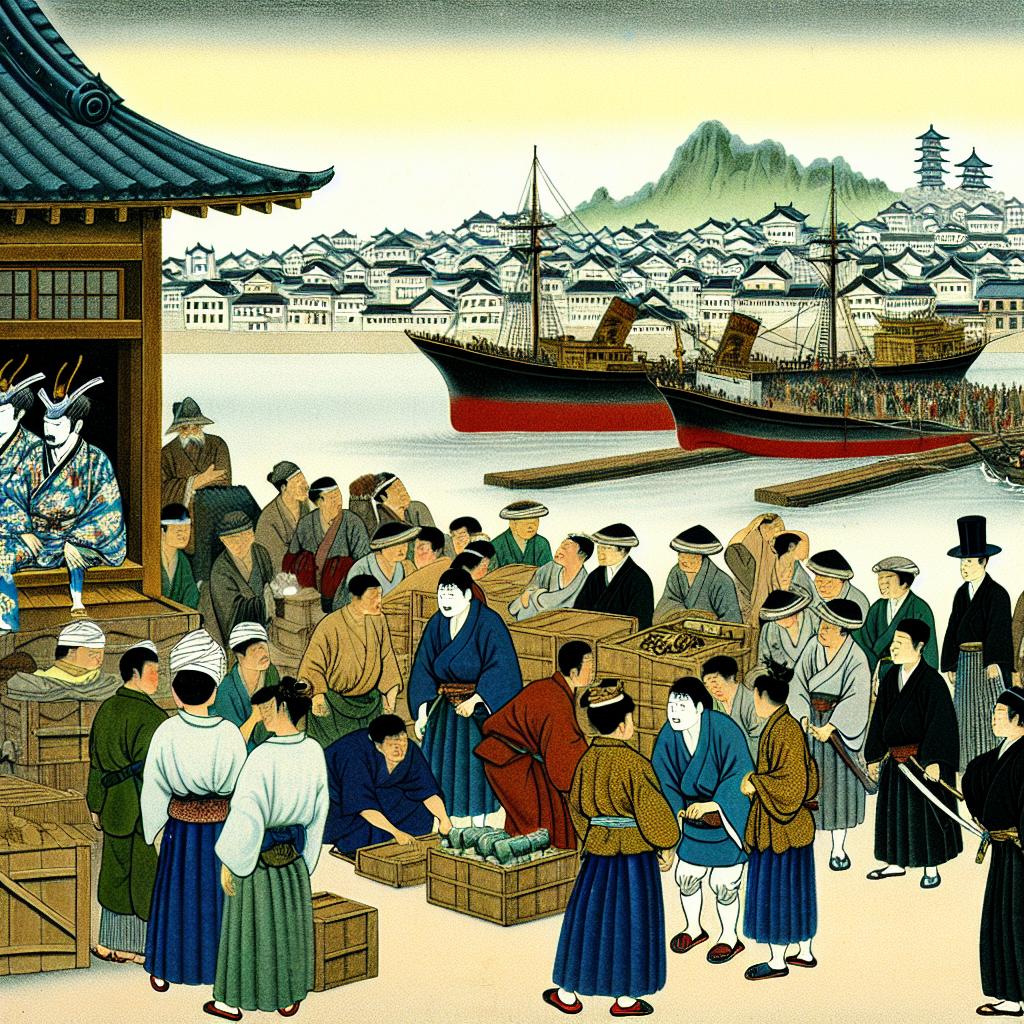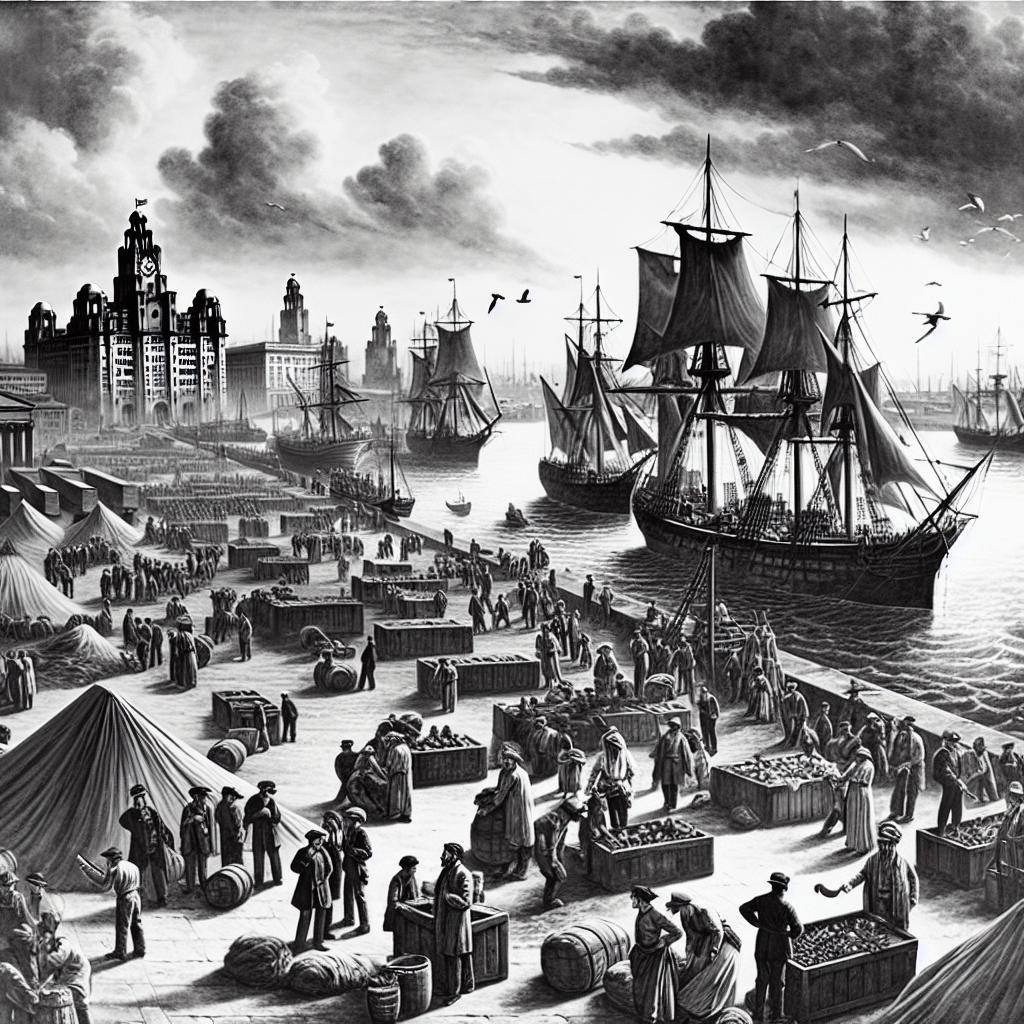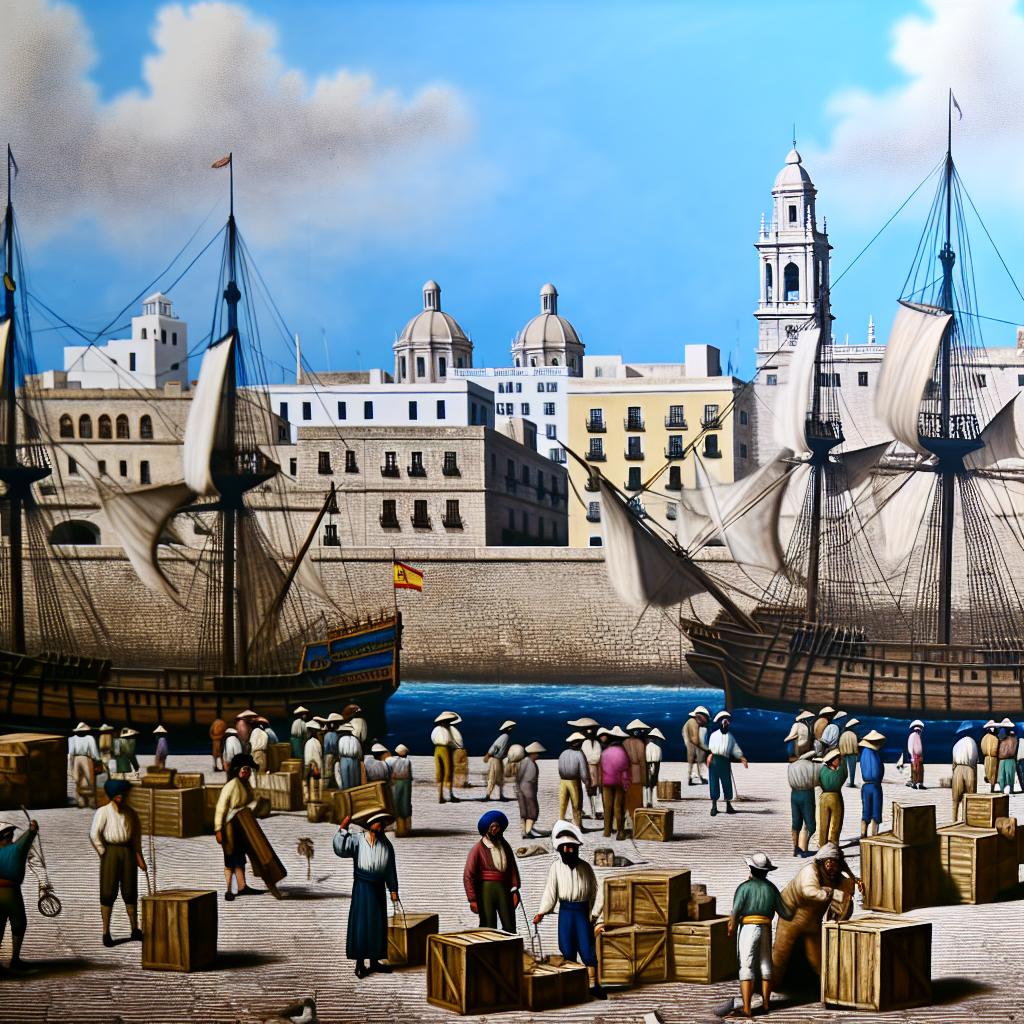The Historical Significance of the Port of Yokohama
The Port of Yokohama, established in 1859, has played a crucial role in Japan’s modernization and international trade expansion. Situated strategically near Tokyo, it was one of the first ports opened to foreign trade after Japan ended its policy of national seclusion, known as sakoku. This opening marked a significant transition for Japan, from an isolated nation to an emerging global player.
Opening to International Trade
The opening of the Port of Yokohama signaled Japan’s willingness to engage with Western powers. This was a direct consequence of the Convention of Kanagawa, signed in 1854, which pressured Japan to open its borders. As a result, Yokohama became a key entry point for Western technology, ideas, and goods. The influx of foreign merchants and settlers contributed to transforming the local community and economy, creating a cosmopolitan hub that blended Western and Japanese influences.
Yokohama’s strategic decision to embrace international trade had far-reaching implications. It not only marked the end of Japan’s self-imposed isolation but also positioned the port as a central node in global trade networks. The presence of international traders in the region encouraged the local population to engage with new business practices, fostering an environment of innovation and openness. These interactions contributed significantly to the shift from a feudal society toward a more progressive, capitalist economy.
Economic Growth and Industrialization
The port facilitated the export of Japanese goods such as silk, tea, and ceramics, stimulating economic growth. This burgeoning trade led to the development of new infrastructure, including roads, warehouses, and shipping facilities, which were vital for supporting increased commercial activity. Furthermore, the port’s operations influenced the development of nearby industries, providing necessary resources for Japan’s industrialization efforts.
Economic growth in Yokohama was characterized by a rising demand for Japanese products in international markets. The port became a crucial point of transaction, where domestic producers and international buyers could interact directly. This interaction not only enhanced the quality and variety of goods produced but also led to improvements in production techniques. This period saw the birth of many industries, including textile manufacturing, shipbuilding, and later technology-based industries, as the demand for diversified products grew both domestically and abroad.
Advancements in Technology and Infrastructure
With the integration of Western technology, the Port of Yokohama became a pioneer in technological advancements within Japan. The introduction of steamships and telegraph lines improved communication and transportation efficiency. Additionally, the presence of foreign engineers and specialists accelerated technological exchanges, allowing Japan to build a foundation for its future modernization endeavors. Notably, the construction of railways connecting Yokohama to Tokyo and other cities exemplified the technological progress facilitated by the port.
The advancements led to significant changes in how businesses operated. Communication with international partners became more seamless, and the ability to transport goods efficiently contributed to faster economic cycles. The role of Yokohama in adopting new technologies placed Japan on a path toward becoming a technologically advanced nation. As these technologies were adopted domestically, they began to spread across the country, leading to a nationwide industrial revolution.
Cultural Exchange and Urban Development
The port not only influenced economic and technological arenas but also became a bastion of cultural exchange. The influx of foreigners resulted in the introduction of new cultural practices, architecture, and lifestyles, which were integrated into Japanese society. This cultural amalgamation was particularly evident in Yokohama’s urban landscape, with Western-style buildings and amenities blending seamlessly with traditional Japanese structures. This fusion created a unique international district that attracted tourists and settlers alike.
As foreign settlers arrived in Yokohama, they brought with them aspects of their cultures, which found a place in everyday life. Architectural styles saw a significant shift with the introduction of brick buildings, broader streets, and new civic amenities such as parks and clubs. These changes laid the groundwork for urban planning in other parts of Japan, setting a standard for balancing modern development while preserving cultural heritage. Furthermore, this cross-cultural interaction fostered a greater appreciation for foreign arts, cuisine, and customs within Japanese society, slowly integrating these elements into the national consciousness.
The Legacy Continued
The impact of the Port of Yokohama extends beyond its historical contributions. Today, it continues to function as a major maritime gateway, handling a significant portion of Japan’s maritime trade. This enduring role ensures its place as a pillar in both the local and national economy. In promoting international connectivity, the port remains a symbol of Japan’s ongoing commitment to globalization and modernization.
The challenges faced by the Port of Yokohama over the years, including natural disasters and economic fluctuations, have only strengthened its resilience and adaptive strategies. Through continuous modernization and adoption of new technologies, the port remains at the forefront of maritime innovation. This capacity to adapt further reinforces its position as a model for port operations worldwide, influencing maritime trends and contributing vital lessons to global port management practices.
Moreover, the port’s existence and evolution offer a living study in the wider narrative of modernization. They underscore the importance of adaptive strategies in an ever-changing world, highlighting the value of openness and integration in advancing nation-states along the trajectory of development and modernization.
In conclusion, the Port of Yokohama was instrumental in Japan’s journey toward modernization. By serving as a gateway for international trade, technological exchange, and cultural integration, it helped shape the economic and social landscape of modern Japan. Its history provides valuable insights into the processes of globalization and development, offering lessons that extend beyond geographical and temporal boundaries.




